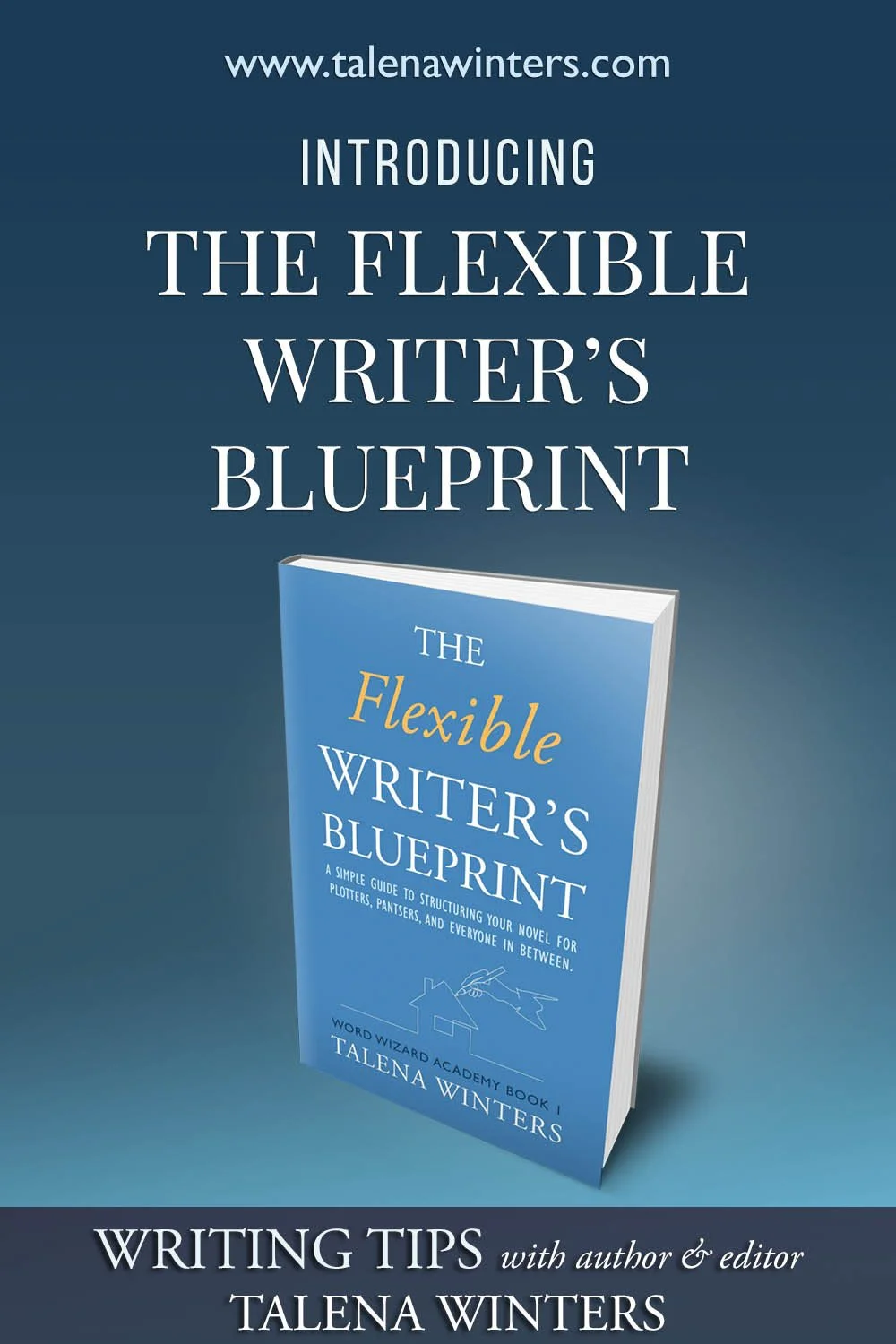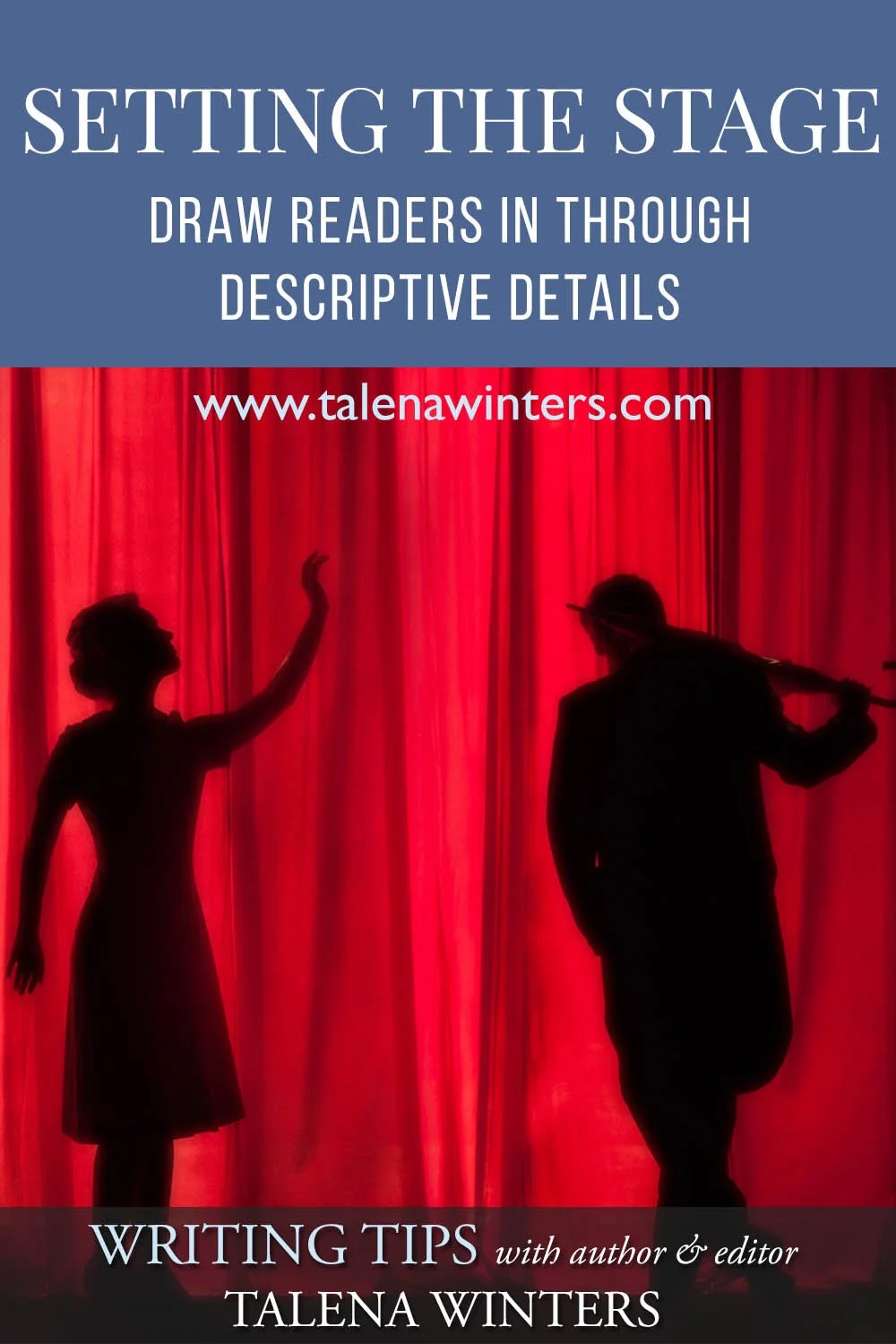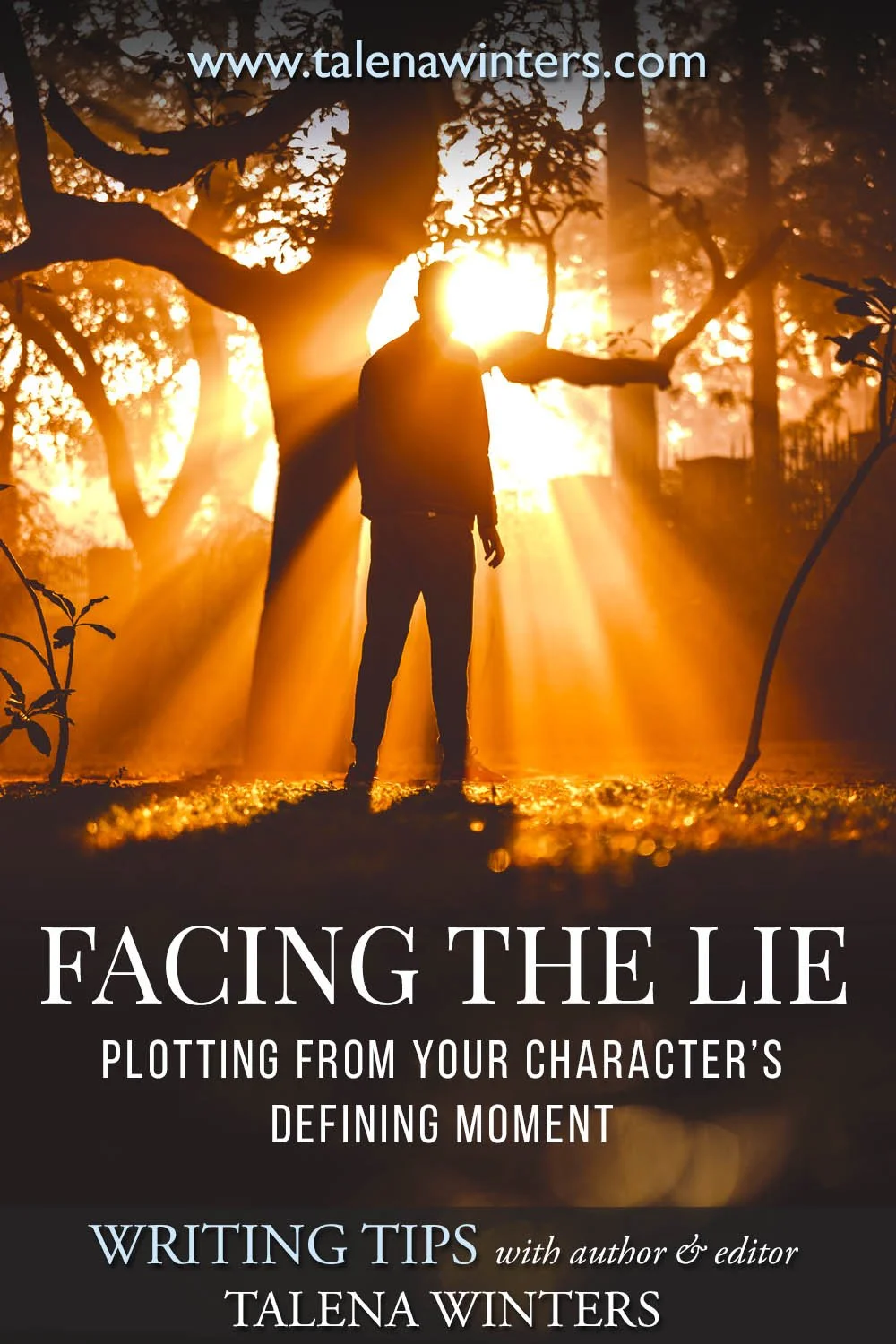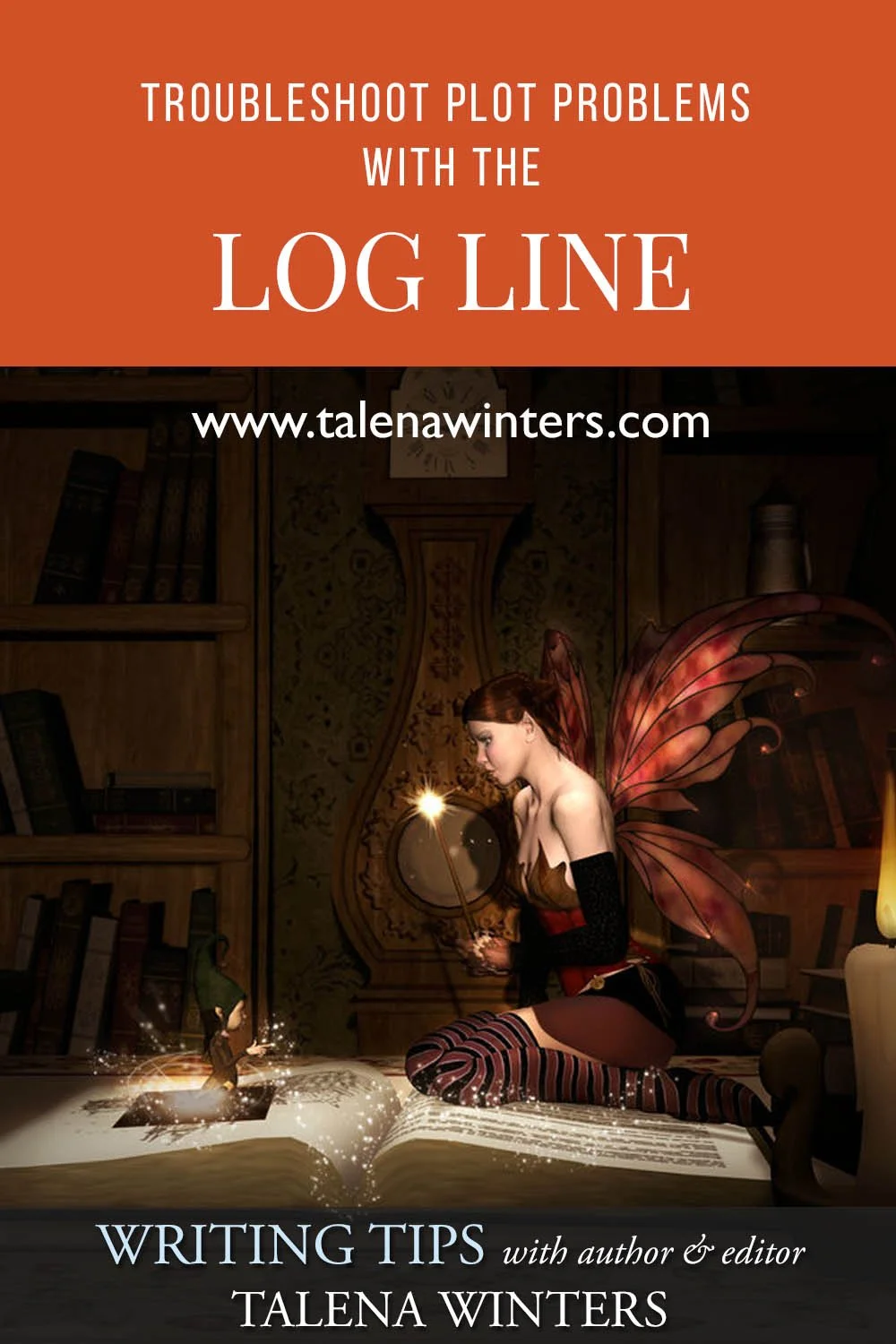May I Offer You a Conflict Sandwich?
Who doesn’t love sandwiches? I mean, it’s whatever kind of goodness you want layered between two slices of bread in an easy-to-carry finger-food format. What’s not to love?
Okay, I’m sure there’s somebody out there who doesn’t like sandwiches, but most of us agree they’re delicious.
They’re also the perfect way to think about how you can insert descriptive details into your narrative in a way that is relevant, interesting, and exciting, and won’t make your reader think they just got hit by a stale loaf of last week’s bread.
Onward.
As far as sandwiches go, the least exciting part is usually the bread. It’s super-important to the overall sandwich experience, but on its own, it’s a bit dry and hard to swallow.
Throw on something really exciting, like cheese, tomatoes, or Grandma’s Secret Tuna Salad, and now you’ve got something worth salivating over.
The same could be said of descriptive details in prose. On their own, they can be dry, boring, and enough to make a narrative stop cold while the reader slogs through all the things the author thought they had to know before the story could continue.
Wouldn’t it be much more interesting if all that bread were served up with tasty morsels of relevant conflict to keep everything exciting? Then readers will want to continue devouring your story, and you’ll be able to give it to them within a framework that will hold the good bits together.
What does this look like in practice?
Separate Ingredients
Jeanine is a tall, blonde, and blue-eyed woman with a terrific build. She wears a navy dress and black stilettos, and commands attention wherever she goes. She is the leader of the Erudite faction, and she is one of the most conniving people in the city.
Tris distrusts her immediately. Especially when Jeanine’s lackey drags her into the execution room. Jeanine is there, looking bored, and so are two white-coated lab attendants standing next to a metal table. Four Dauntless traitors stand next to the walls, looking malevolent. Several machines are set up around it, and wires trail from the machines to the wall and the table. One of the machines is a heart monitor.
“Get her on the table,” says Jeanine.
Peter grabs her wrists, lifts her up, and slams her onto the metal slab. The Dauntless traitors grab her ankles and hold her down while Peter pulls black straps across her body to pin her. She squirms, absolutely terrified, but eventually gives up struggling.
What if she changed her mind about waiting to execute me? What if this is when I die?
Okay, the last two paragraphs aren’t bad, right? (They’re not good either, but *cough*, they’ll do for a start.)
The first two paragraphs, though… *rolls eyes*.
It’s like someone offered us a sandwich, but instead of making the best club sandwich we’ve ever had, they just handed us all the ingredients and expected us to come up with the masterpiece ourselves. Or maybe we should just imagine what all the parts could be like if they were properly mixed together.
In case you’re wondering, this is NOT what you should do to your readers.
A Conflict Masterpiece
Fortunately, when Veronica Roth wrote this scene in Insurgent, she made a perfect conflict sandwich.
Let’s assume we’re 2/3 of the way through the second book of a trilogy and we’re all well aware of who Jeanine is and what she looks like (because that’s already been worked into earlier scenes). But Tris is still being dragged into a new situation that we need to see without slowing down the tension of this very high-stakes scene.
Here is how Roth writes it:
This time the execution chamber is not empty. Four Dauntless traitors mill around in one corner, and two of the Erudite, one a dark-skinned woman, one an older man, both wearing lab coats, stand with Jeanine near the metal table in the center. Several machines are set up around it, and there are wires everywhere.
I don’t know what most of those machines do, but among them is a heart monitor. What does Jeanine plan to do that requires a heart monitor?
“Get her on the table,” says Jeanine, sounding bored. I stare for a second at the sheet of steel that awaits me. What if she changed her mind about waiting to execute me? What if this is when I die? Peter’s hands clamp around my arms and I writhe, throwing all my strength into the struggle.
But he just lifts me up, dodging my kicking feet, and slams me down on the metal slab, knocking the wind out of me. I gasp, and fling a fist out at whatever I can hit, which just happens to be Peter’s wrist. He winces, but by now the other Dauntless traitors have come forward to help.
One of them holds down my ankles, and the other holds down my shoulders as Peter pulls black straps across my body to keep me pinned. I flinch at the pain in my wounded shoulder and stop struggling.
Okay, obviously the second passage is better. But why is it better?
Before I explain that, I want you to know that whether you are using first-person point of view as Ms. Roth did, or third-person point of view as I did earlier, the same conflict sandwich principles apply.
How to Make a Conflict Sandwich:
1. Add some mayo: Make sentences active instead of passive.
In the second passage, even though we get a very clear idea of what the room looks like and how everyone relates to each other within it, conjugations of the verb “to be” (which is a word used to describe things in passive voice) only appear twice, both in the same sentence. “Several machines are set up… there are wires…”
In the first sample of tortuous explanation, we see this verb seven times in the first two paragraphs.
In my example, there are also the passive verbs looking (twice) and standing (once), as compared to only standing in Roth’s.
In fact, the only non-passive sentence in my first two paragraphs is “Tris distrusts her immediately.”
Yikes.
(Looking and standing aren’t the most engaging of verbs no matter what tense you use. Even though dodging in Roth’s version is in passive tense, it’s still an active verb, and in that sentence, it shows struggle and conflict. And since 98% of the passage is in active voice, this is actually a welcome break.)
Passive verbs are a huge red dead weight when it comes to serving up a narrative. Even in one-off sentences, it will slow down a narrative somewhat. Clumped together like this, it’s like trying to shove an entire loaf of bread down your throat at once.
Consider it as dangerous as leaving your sandwich meat out at room temperature for a few hours.
The conflict sandwich ingredient?
Choose active, descriptive verbs.
Avoid the verb “to be” as much as possible, as well as passive conjugations ending in -ing as the sentence’s primary verb. (Hint: these are usually paired up with “to be”, so getting rid of one will often fix the other. E.g. was standing, were looking, etc.)
This is the basic add-on, the butter on our bread. This one change will fix a lot of issues. But a butter sandwich isn’t much of a sandwich at all, so let’s keep going.
2. Pile on the goodies: Mix setting and material details into the action instead of grouping them.
Note how in the second sample, we still get a detailed picture of who is in the room and what else is in there—but it’s described when and how it matters.
The first thing Tris notices is the overall contents of the room. But even when this is being described in a single paragraph, the sentences are active, and so are the people in them. The only passive sentence describes the machines, and I suspect Roth could have made this active, too, by changing “machines are set up” to “machines hulk (or squat)” and “there are wires” to “wires snake” or something like that.
But note how, even after the initial overview of the room, we still get other relevant setting details mixed in with the dialogue and action.
stared at the sheet of steel
slams me on the metal slab
pulls black straps across my body
flinch at the pain in my wounded shoulder
These all reveal pertinent details—when they matter, as part of an active sentence.
The conflict sandwich ingredient?
Share relevant details when they matter using an active sentence construction.
This is the meat on our sandwich. Master this technique, and people will be much more satisfied by your storytelling.
3. Use the secret sauce: Put us into your character’s emotions.
This is the jelly to our peanut butter, the Swiss to our ham. This is what makes the entire combo zing.
In my first example, Tris only has two emotional interjections: When she tells us she distrusts Jeanine, and when she wonders if she’s about to die.
In the second example, Tris tells us what she sees in a single paragraph (with active verbs). She’s on high alert, and she’s a trained mercenary, so she takes in all these details in an instant, which is why there are a few of these grouped together to give us context.
She then spends the next four paragraphs feeling things about them.
We see those emotions in a variety of ways:
she’s asking questions during an inner monologue.
she’s physically lashing out against what is happening.
she’s flinching and doing things.
In the next paragraph (which I didn’t include), she starts demanding to know what’s going on.
We know she’s frightened and working on fight-or-flight mode. Given the action context of the scene, most of these emotions are relayed through direct thoughts and physical action.
But even in a less high-stakes moment, we still need to experience emotional reactions instead of being told about them.
Note that not once does Ms. Roth’s passage say “I feel frightened,” or, as I did in my example, “absolutely terrified.”
The most immersive writing puts us in character’s heads in the same way we are in our own.
When we are frightened, we don’t think “I think I’m frightened. My heart is beating fast and my throat is dry, so this must be what it feels like to be frightened. Yes, I feel frightened.”
This is an exaggeration of what many manuscripts do, but compare this:
The thought terrified me.
vs.
My heart thundered against my ribs like a marching band, and my throat dried up at the thought.
The second sentence conveys the emotion of fear without ever once using the word “fear” (or synonyms thereof) or “feel”. And it does it in a way where we, the reader, actually start to experience those same symptoms. In the midst of a scene like that, your reader’s blood will start pumping—and that’s exactly what we want.
The conflict sandwich ingredient?
Weed emotion words out of your manuscript. Instead, show us the emotions. Every action should have an equal and opposite [emotional] reaction.
For more about using emotional reactions, see my post Going Deep: How Deep POV Hooks Your Reader.
To improve your Conflict Sandwich Chef skills, check out Conflict: The Engine that Drives Page-Turning Writing and Setting The Stage: Drawing Readers In Through Descriptive Details.
Just make sure that for every piece of description you add, there is plenty of conflict slathered on.
“The most immersive writing puts us in character’s heads in the same way we are in our own.”
Be sure to study how other Master Chefs have done it—note how your favourite authors insert conflict with the setting and descriptive details to make a sandwich you can’t get enough of.
Are you a Conflict Sandwich newbie, or have you mastered a recipe or two? Would you like some help mastering this skill? If so, reach out to me today. I’d love to help you become a Conflict Sandwich Chef!
Happy writing!
Talena Winters is a freelance developmental editor, independent author, magazine writer, and tea and silver lining addict. She specializes in helping struggling self-published fiction and memoir authors unlock their inner writing wizards and unleash story magic. See her editing services here.












In this first post in the “Strong Beginnings” series, we’ll explore the promises made in a compelling first act that engross your reader so completely they don’t stop reading until they get all the way to the satisfying conclusion of your story.